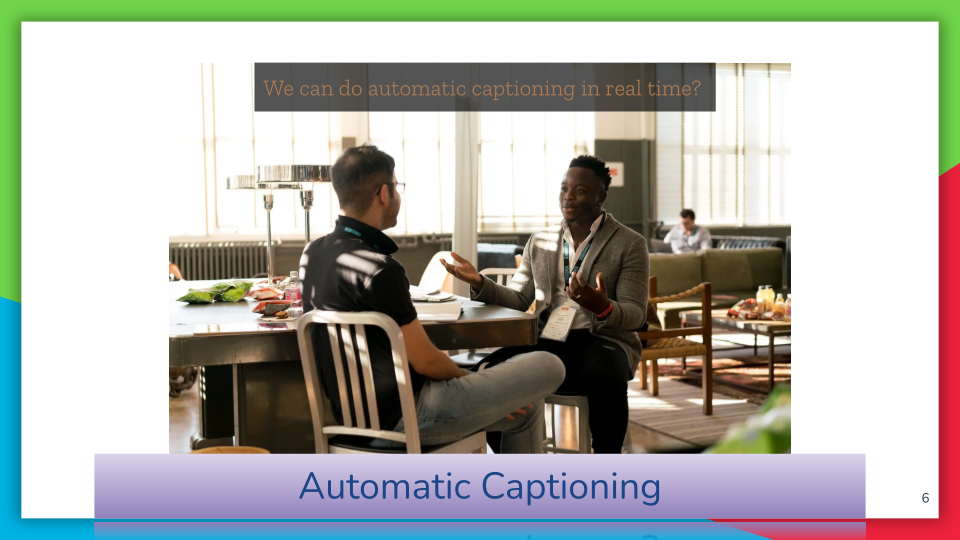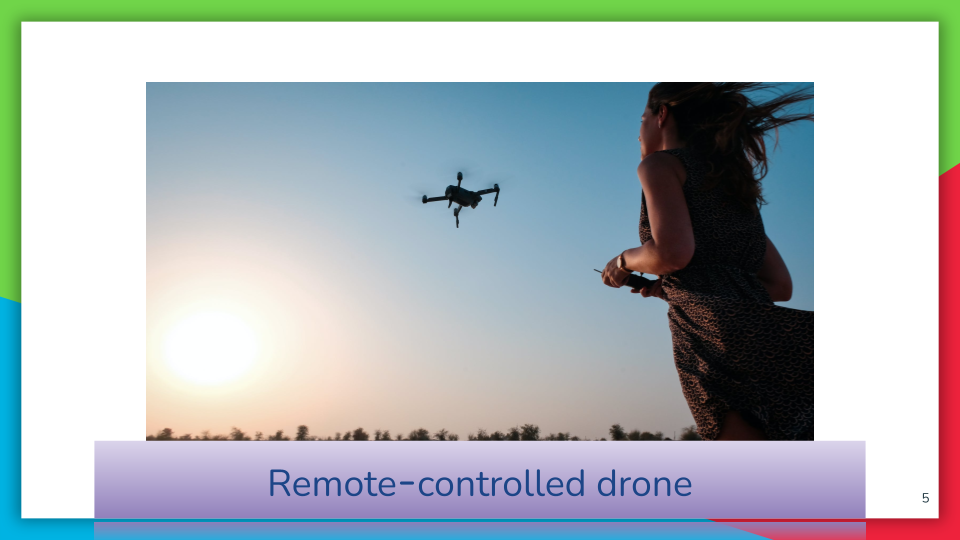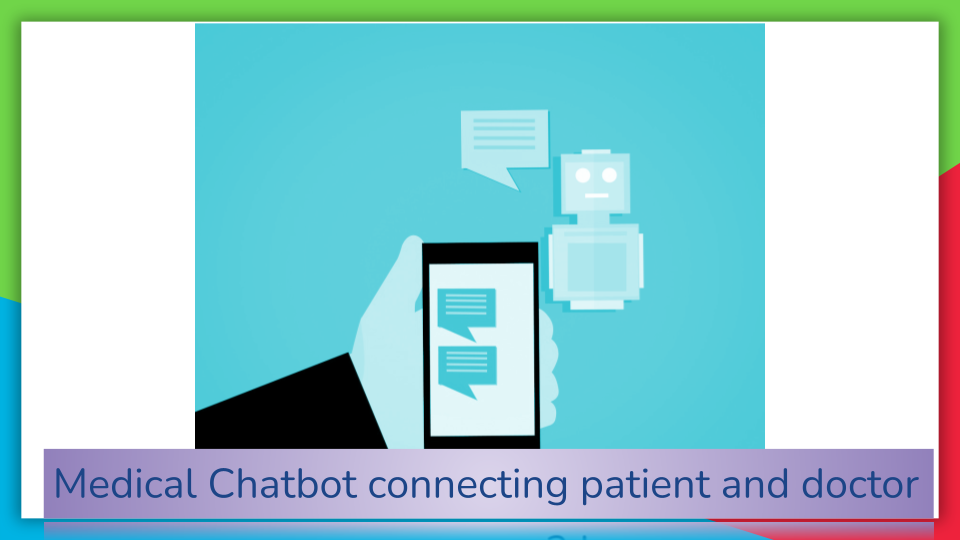
1.1. Lesson 1: Intro to AI and Alexa¶
Time Estimate: 45 minutes
1.1.1. Introduction and Goals¶
In this lesson you will learn about artificial intelligence (AI). Although AI has been around since the 1950s, it is widely recognized now as one of the fastest-growing fields in technology. From ELIZA to Alexa, AI has become something we interact with every day, and will be a part of our daily life for the foreseeable future. Navigation apps, 3D photography, facial recognition, and smart assistants are just a few of the everyday uses for AI, and you’ll be introduced to more examples. But how can we define AI? And why is the use of AI being extended into space?
Learning Goals: At the end of this lesson, you will be able to:
- Explain how Alexa is an example of AI.
- Identify how Alexa can be used to perform basic tasks.
Language Goals: At the end of this lesson, you will be able to:
- Define in writing artificial intelligence and voice AI.
- Orally describe the characteristics of technology that use artificial intelligence.
1.1.2. Learning Activities¶
Discussion: Introduction
In this lesson, you will be exploring the challenges that exist in space exploration. This video will introduce you to the Artemis Space Program as well as some of the concepts you will learn in this unit. As you watch, write down some difficulties astronauts may encounter while traveling in space.
- Communication
- Communication is one of the most difficult challenges astronauts face in space. Without the ability to see or hear one another, it is difficult to communicate effectively. This can lead to misunderstanding and frustration.
- Weightlessness
- Lack of sleep
- HAL9000
Q-2: What is one of the most difficult challenges astronauts encounter in space?
Exploration: What is Artificial Intelligence?
Artificial Intelligence (AI) is the simulation of human intelligence by machines. It is a process of programming a computer to make decisions for itself. This video explores the 5 big ideas associated with AI. As you watch the video, write down ways that you can identify AI.
Activity: Is it AI?
In this activity, you will work with a partner or group to identify which of the examples in the next activity are AI. Discuss the following questions as you complete the activity:
- Does the example perceive/understand its environment?
- Does the example continue to learn?
- Does the example make plans or decisions on its own?
- Does the example interact with its environment?
- Who is doing the thinking? Where is the intelligence - with the humans who programmed it or with the device/program?
- Yes
- It depends. If the automatic door using was using facial recognition to operate, it would be an example of AI. If it is just using a sensor to determine if something is there or not, then it would not be an example of AI.
- No
- It depends. If the automatic door using was using facial recognition to operate, it would be an example of AI. If it is just using a sensor to determine if something is there or not, then it would not be an example of AI.
- It Depends
- It depends. If the automatic door using was using facial recognition to operate, it would be an example of AI. If it is just using a sensor to determine if something is there or not, then it would not be an example of AI.
Q-4: Is this an example of AI?

- Yes
- Yes, the application is using AI. It processes a lot of data to find patterns in the words to understand what the person is saying. The application goes beyond just recording and playing back what is being said.
- No
- Yes, the application is using AI. It processes a lot of data to find patterns in the words to understand what the person is saying. The application goes beyond just recording and playing back what is being said.
- It Depends
- Yes, the application is using AI. It processes a lot of data to find patterns in the words to understand what the person is saying. The application goes beyond just recording and playing back what is being said.
Q-5: Is this an example of AI?

- Yes
- It depends. The thinking is happening with the person who is controlling the drone, so that part is not AI. However, if the drone can recognize objects or sense when it is close to something and decide to move in a specific direction, then that part is AI.
- No
- It depends. The thinking is happening with the person who is controlling the drone, so that part is not AI. However, if the drone can recognize objects or sense when it is close to something and decide to move in a specific direction, then that part is AI.
- It Depends
- It depends. The thinking is happening with the person who is controlling the drone, so that part is not AI. However, if the drone can recognize objects or sense when it is close to something and decide to move in a specific direction, then that part is AI.
Q-6: Is this an example of AI?

- Yes
- Yes, this would be an example of AI. The chatbot (presumably) understands what the person is saying and responding – it is not responding based on a choice/rule.
- No
- Yes, this would be an example of AI. The chatbot (presumably) understands what the person is saying and responding – it is not responding based on a choice/rule.
- It Depends
- Yes, this would be an example of AI. The chatbot (presumably) understands what the person is saying and responding – it is not responding based on a choice/rule.
Q-7: Is this an example of AI?

Discussion: Alexa as AI
So far in this lesson, you have defined artificial intelligence and explored examples of AI. Sometimes, an AI technology will incorporate other AI systems or technologies to function. In this video, you will explore how speech recognition functions in conjunction with other AI technologies. As you watch the video, write down reasons that Amazon Alexa devices are considered to be AI.
New Words: Wake Words, Intents, and Utterances
Alexa uses AI to build on preprogrammed skills, speech recognition, and speech synthesis to interact with humans to improve productivity. In the next lesson, you will begin exploring how you will be able to build your own Alexa skill. This video introduces some words that will be necessary to begin building your skill. As you watch the video, listen for the terms: wake word, intent, and utterance.
1.1.3. Reflection¶
Now that you understand the vast capability of AI to help with productivity here on Earth, you can appreciate how this technology has the potential to be used in space. In the next lesson, you will explore how AI is currently being used in space and some of the ways it could be used in the future. For now, reflect on what you have learned in this lesson.
Q-10: A friend tells you that they do not believe that they have ever used AI. First, in your own words, explain to them what it is, and then tell them how they might have used AI and not even have known it.
Q-11: How do you use AI in your daily life?
Q-12: In what ways to you think AI will be used in space?